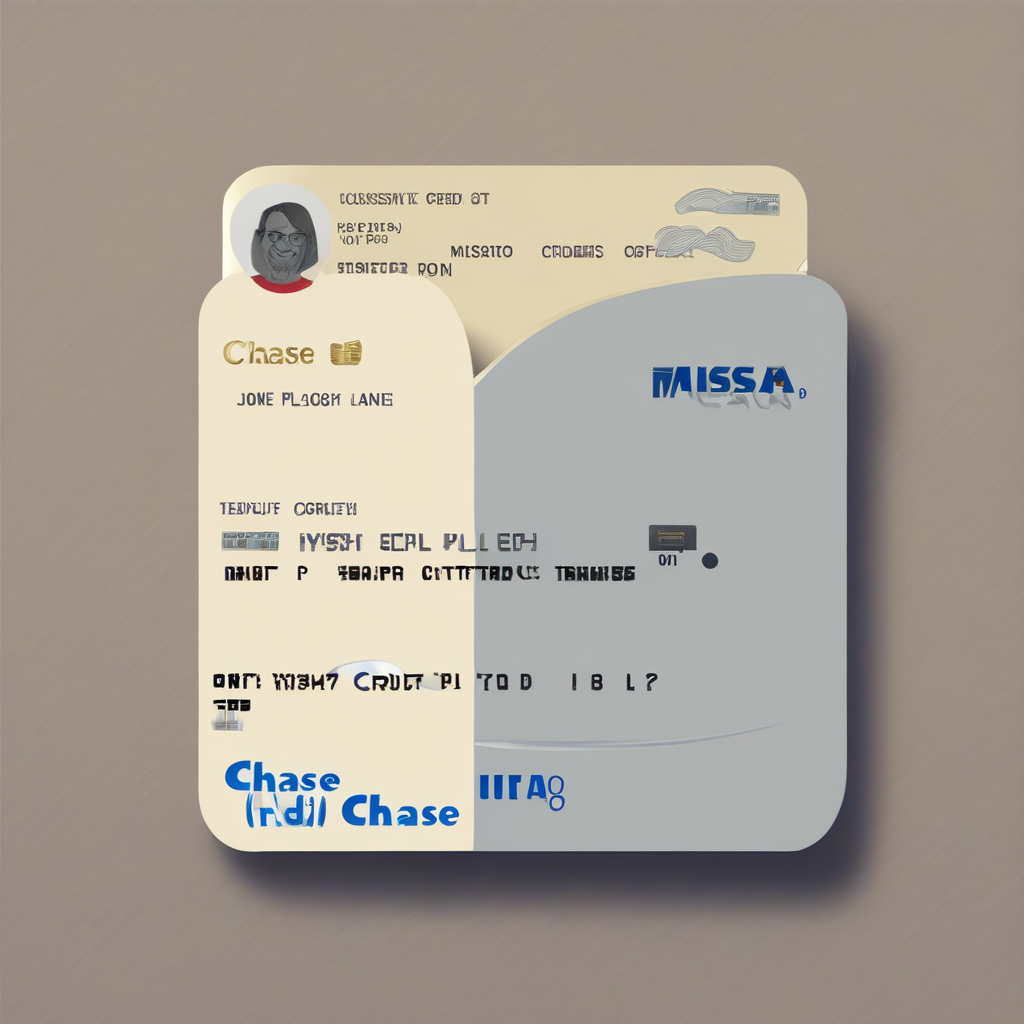Chase Credit Cards: A Comprehensive Guide to Choosing the Right Card for You
Chase is one of the largest and most well-known credit card issuers in the United States, offering a wide variety of credit cards to suit different needs and spending habits. Choosing the right Chase credit card can significantly impact your financial well-being, offering benefits like rewards, travel perks, and convenient features. This guide provides a detailed overview of Chase credit cards, helping you navigate the options and select the card that best aligns with your financial goals.
Understanding Chase Credit Card Categories
- Cash Back Cards: These cards reward you with cash back on your purchases, often categorized by spending categories (e.g., groceries, gas, dining). The cash back can be redeemed as a statement credit, direct deposit, or gift card.
- Travel Cards: Chase offers a range of travel cards, many of which provide bonus points or miles on travel purchases. These points can be redeemed for flights, hotels, car rentals, and other travel-related expenses.
- Rewards Cards: These cards offer a flexible rewards system, allowing you to earn points or miles on various purchases that can be redeemed for travel, merchandise, or cash back.
- Business Cards: Designed for business owners and entrepreneurs, these cards offer features like expense tracking, employee card options, and rewards tailored to business spending.
- Student Cards: Specifically designed for students, these cards often offer lower credit limits, educational resources, and rewards programs geared towards students’ spending habits. They can help build credit history.
Key Features to Consider When Choosing a Chase Credit Card
- Annual Fee: Many Chase cards have annual fees, which can vary widely. Consider whether the benefits offered justify the cost of the annual fee.
- Interest Rate (APR): The annual percentage rate (APR) is the interest rate charged on your outstanding balance. A lower APR is beneficial if you carry a balance.
- Rewards Program: Carefully evaluate the rewards program offered by each card. Consider the earning rate, redemption options, and the value of the rewards.
- Credit Limit: The credit limit is the maximum amount you can borrow on your credit card. A higher credit limit can be beneficial, but only if you manage your spending responsibly.
- Grace Period: The grace period is the time you have to pay your balance in full without incurring interest charges. A longer grace period can be advantageous.
- Fees: Check for additional fees like late payment fees, foreign transaction fees, and balance transfer fees.
- Benefits and Perks: Many Chase credit cards offer additional benefits such as travel insurance, purchase protection, and extended warranties.
Popular Chase Credit Cards: A Detailed Overview
- Chase Freedom Unlimited®: This card offers a simple and straightforward cash back program, making it a good option for everyday spending.
- Chase Sapphire Preferred® Card: A popular travel rewards card offering valuable points that can be redeemed for travel through the Chase Ultimate Rewards® program. It has an annual fee.
- Chase Sapphire Reserve®: A premium travel rewards card with a higher annual fee, but offering extensive travel benefits and a higher earning rate on travel and dining.
- Chase Freedom Flex℠: Similar to the Freedom Unlimited®, but with rotating bonus categories, allowing you to maximize cash back on specific purchases.
- Chase Ink Business Preferred® Credit Card: A popular business card offering valuable points on various business-related spending categories.
- Chase Ink Business Cash® Credit Card: A business card offering a straightforward cash back program for business expenses.
Choosing the Right Card Based on Your Spending Habits
- For Everyday Spending and Cash Back: Consider cards like the Chase Freedom Unlimited® or Chase Freedom Flex℠.
- For Travel Rewards: Explore the Chase Sapphire Preferred® Card or Chase Sapphire Reserve®, depending on your travel budget and spending habits.
- For Business Expenses: Consider the Chase Ink Business Preferred® Credit Card or Chase Ink Business Cash® Credit Card.
- For Building Credit: A student credit card or a secured credit card might be suitable for individuals with limited or no credit history.
Applying for a Chase Credit Card
- Check Your Credit Score: Review your credit score before applying to understand your eligibility and potential interest rates.
- Compare Cards: Use online comparison tools and read reviews to find the best card for your needs.
- Complete the Application: Fill out the online application accurately and completely.
- Monitor Your Application: Track your application status through the Chase website or app.
Managing Your Chase Credit Card
- Pay on Time: Always pay your credit card bill on time to avoid late payment fees and negative impacts on your credit score.
- Keep Track of Spending: Monitor your spending regularly to stay within your budget and avoid exceeding your credit limit.
- Redeem Rewards: Don’t forget to redeem your earned rewards points or cash back.
- Review Your Statement: Check your monthly statement carefully for any errors or unauthorized charges.
Understanding the Importance of Responsible Credit Card Use
- Budgeting: Create a budget and stick to it to avoid overspending.
- Debt Management: Pay down your credit card balance as quickly as possible to minimize interest charges.
- Credit Score Monitoring: Regularly check your credit score to ensure accuracy and identify any potential issues.
- Financial Planning: Consider incorporating credit card management into your overall financial plan.
Conclusion (Not included as per request)

